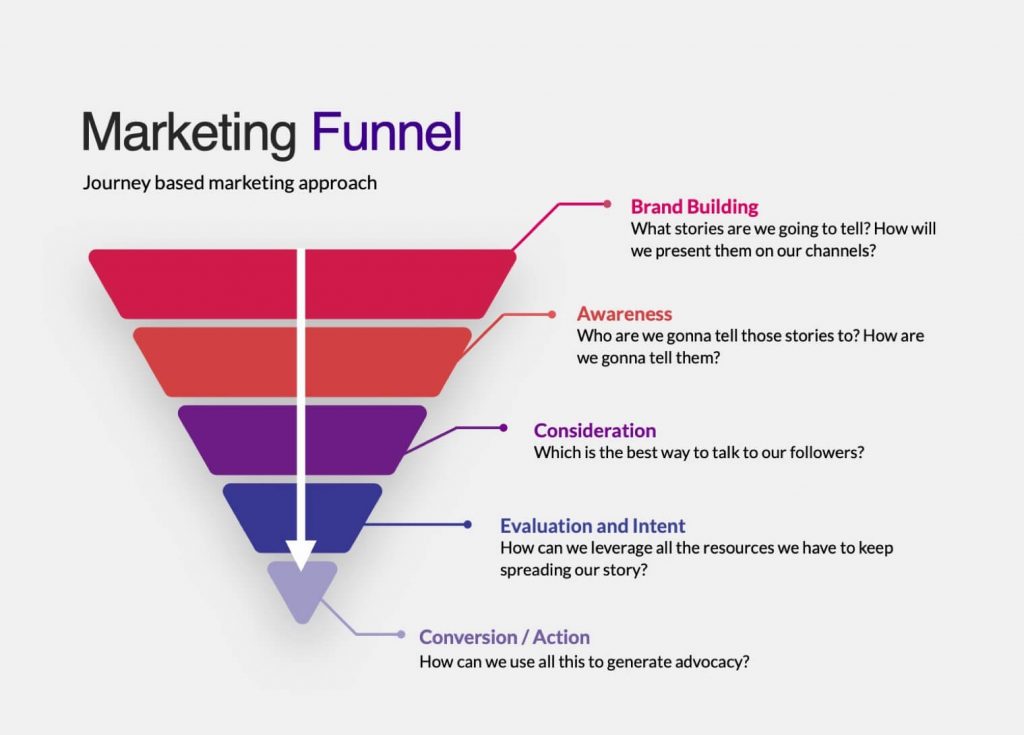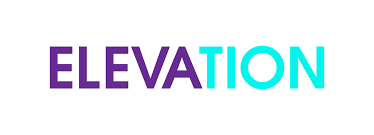Emily Friedrichs is the Communications and Content Marketing Manager at Elevation, a nonprofit digital services agency. She has been both volunteer and activist for organizations working on human rights, poverty elimination, non-violence, and cultural exchange. Emily has taught in underprivileged communities in New York and Buenos Aires. Her passions are community-building and behavioral psychology, and so she is excited to be working at their crossroads in nonprofit technology. ulting at a fundraising event production company focused on nonprofits.
Intimate knowledge of your nonprofit is a cornerstone of your communications strategy. It’s the foundation that enables you to articulate your organization’s mission and channel the inspiring stories of those whom you’ve helped. Yet extensive knowledge also hinders communication when your messaging frames only the trees and forgets to show the forest.
Becoming a supporter is a process, and not everyone is at the same point in that process. Your communications need to provide information about your organization to people who are only marginally familiar with it. By contrast, longstanding supporters will want to know your future plans and how to be a part of them. How can your messaging speak to the majority of people who are more curious than committed, and also deepen connection with your most dedicated community members?
Enter the nonprofit marketing funnel: a useful model for visualizing your audience’s various levels of involvement and where they are on their journey. The top of the funnel is your largest audience segment, but also that which is least familiar with your nonprofit. At this stage you should prioritize your branding in order to build familiarity with your organization.
Not everyone moves down to the next stage, but for those who do, you want to pay attention to who they are and how you reached them. As the relationship grows, you’ll learn their preferred means of communication, and with increased interaction, how to set up campaigns to have the most traction with your audience. Finally, everything you’ve learned about your audience can be leveraged into helping them be the best advocates they can be.
Simplified, you can think of the nonprofit marketing funnel as having three components:
- Top-of-funnel activities – For growing your audience. Messaging should include general information about your organization and emphasize your service aspect, as 80% of nonprofit audiences connect with a cause rather than having affinity for a particular organization. Show how you do really good work for your cause and how donors make that possible.
- Middle-of-funnel activities – For building connection. Highlight new initiatives and . Retarget. These activities are about staying top of mind and establishing trust. Both are achieved by providing consistency, not only in terms of cyclical engagement, but in terms of carrying through a testimonial or a special initiative from ad to landing page, etc.
- Bottom-of-funnel activities – For increasing impact. Now is the time to fine tune to really help your supporters be more effective. Take action to make it easier for your community to volunteer and do advocacy work. Analyze your “Donate” page.
Placing each marketing effort into the context of the funnel gives it a wholistic perspective. For example, you might think about what leads up to and comes after a certain email marketing campaign, i.e. “How could people have gotten here? What do we hope they’ll become?” There is so much more to their interactions with you than just “click here,” “sign up here,” or “donate here.”
If you have a lot of campaigns that can sometimes feel disjointed, the funnel exercise is a great way to unify them. Visually placing each effort where it goes in the funnel helps you to think about conversion rates, percentage of people moving down, and even forecasting resources to answer questions like, “Do we have a healthy volunteer community? Donor community? Staff recruitment pool?”
As you think about how to move folks down the funnel, focus on people who are ready to move and who are most committed to your particular mission. Not everyone can support every cause, there are just too many good ones! Since we can’t realistically connect with everyone, we want to focus in on whether we’re growing and whether we’re connecting well with the people that really care about our mission.
What tells you people are ready to move? Interactions and interest. Look at what people are interacting with to understand where they are. Think about who each piece of content speaks to. Look at data like how much time they’re spending with content and how frequently they are coming back. And for human service organizations, keep in mind that the funnel for your supporters may differ from that for the people you serve, but there will be overlap.
Everyone’s funnel will be a bit different, but it’s a helpful exercise to map your existing activities in the funnel. Talking to people at the different stages is how you really build trust. And trust is what will make your campaign and efforts over time more effective. For more great ideas on how to build trust with your audience, reach out for help with your nonprofit marketing strategy!
About Elevation
We value relationships and are proud to connect nonprofits to our partner network and hope this helps increase your nonprofit’s effectiveness and success. We proudly partner with Elevation, a full-service digital agency created for nonprofit organizations and the social sector.






